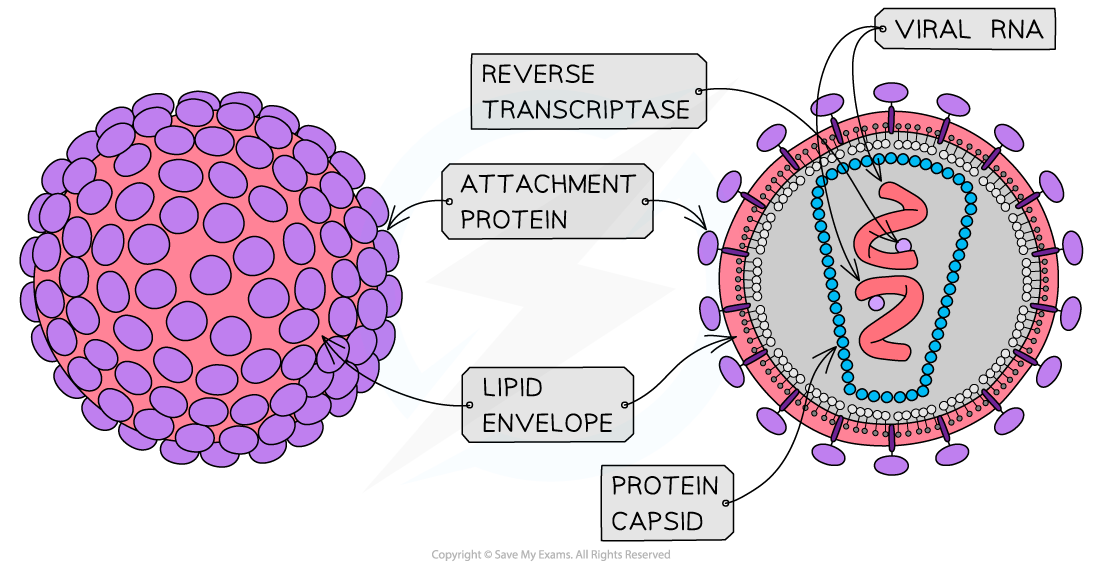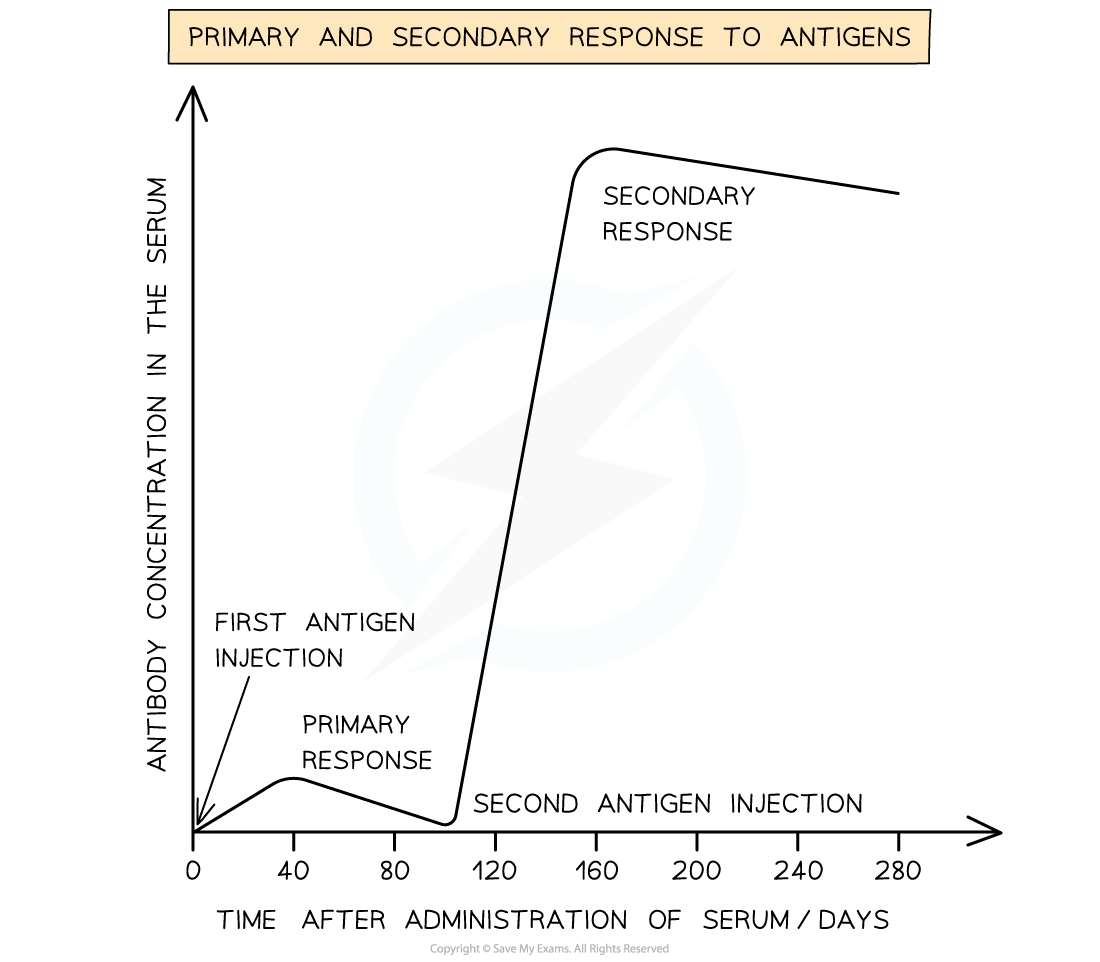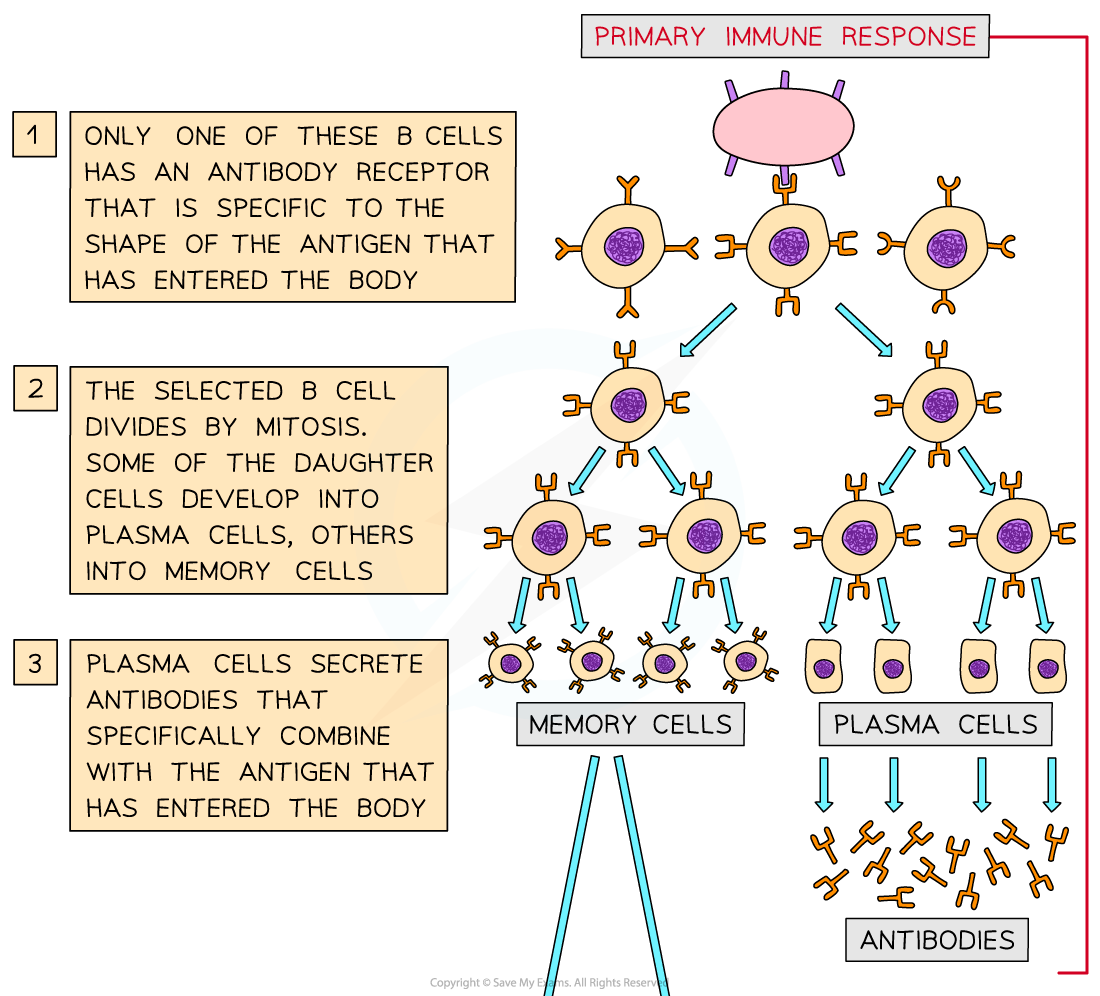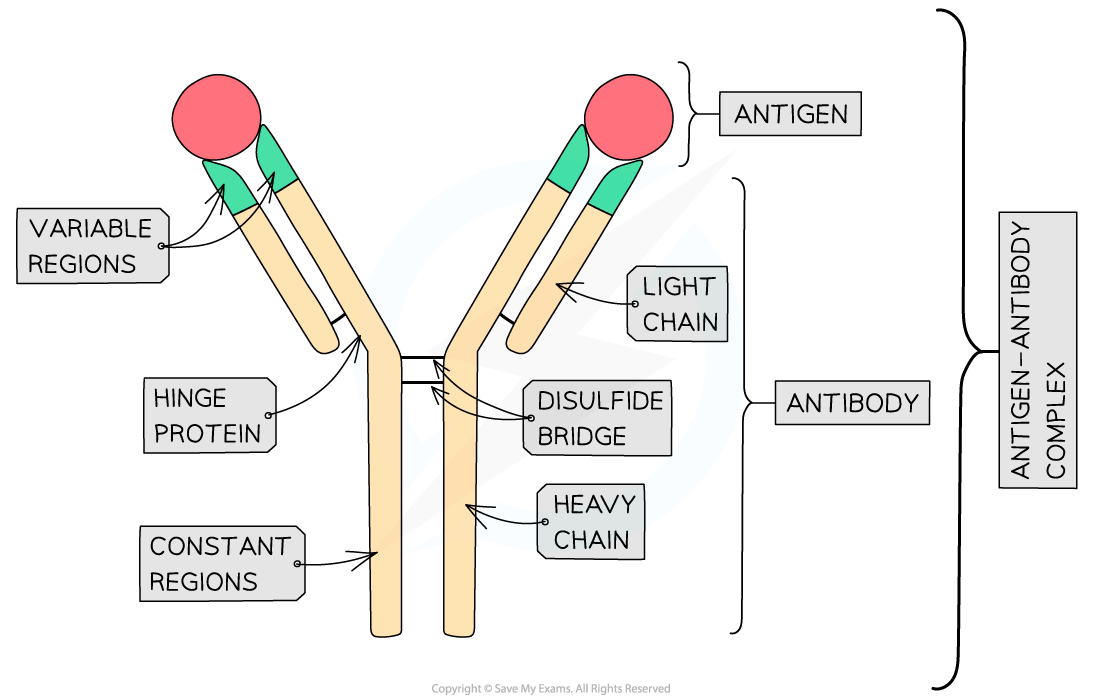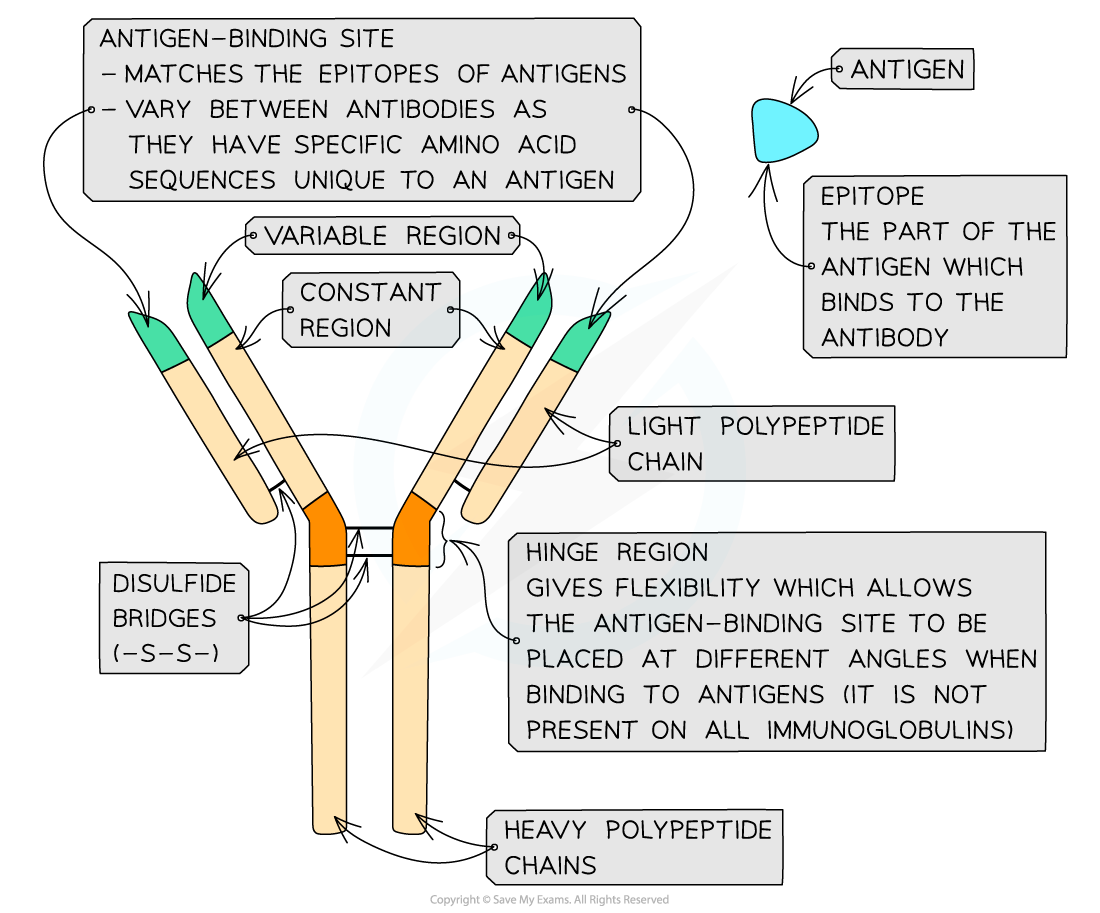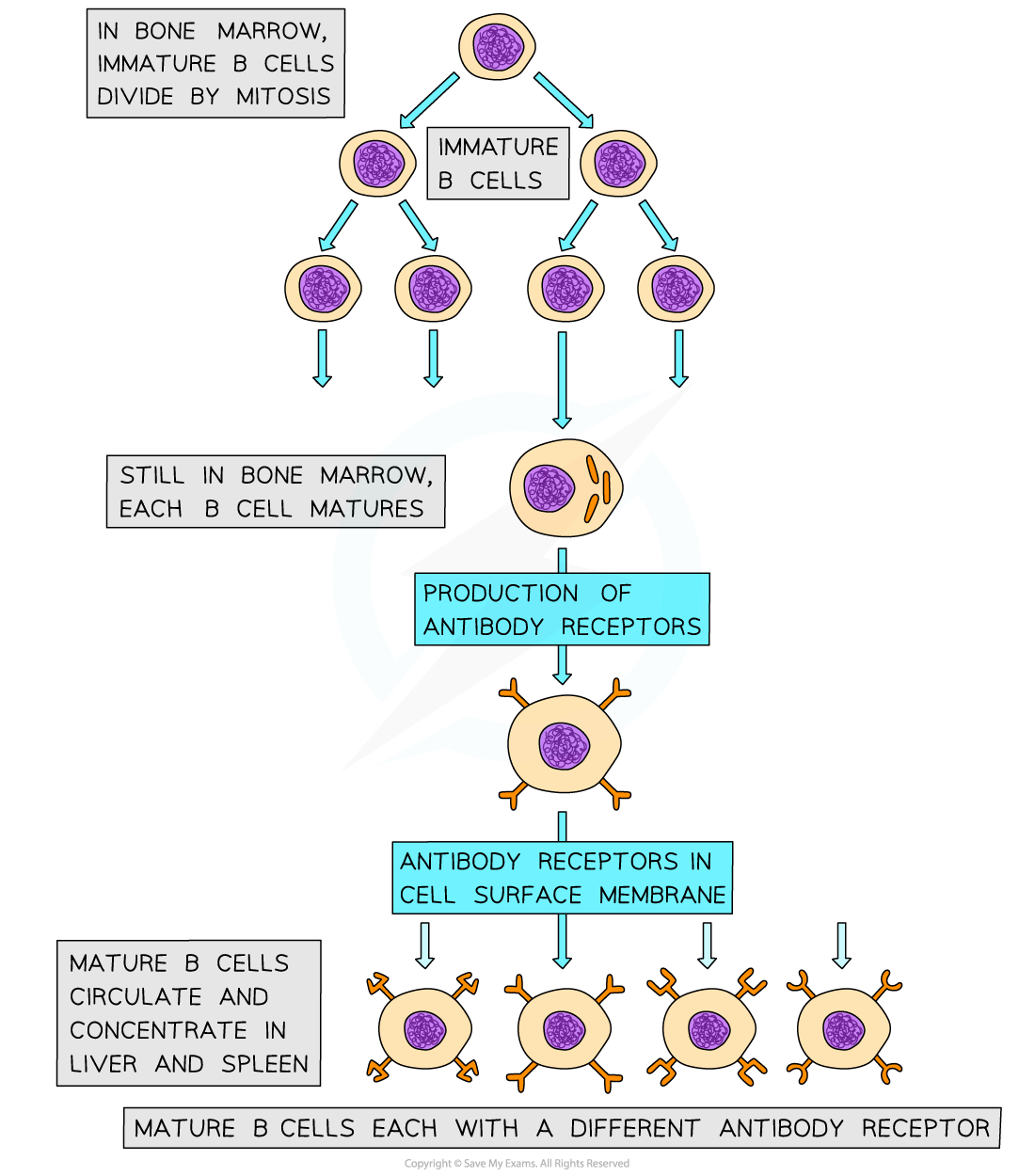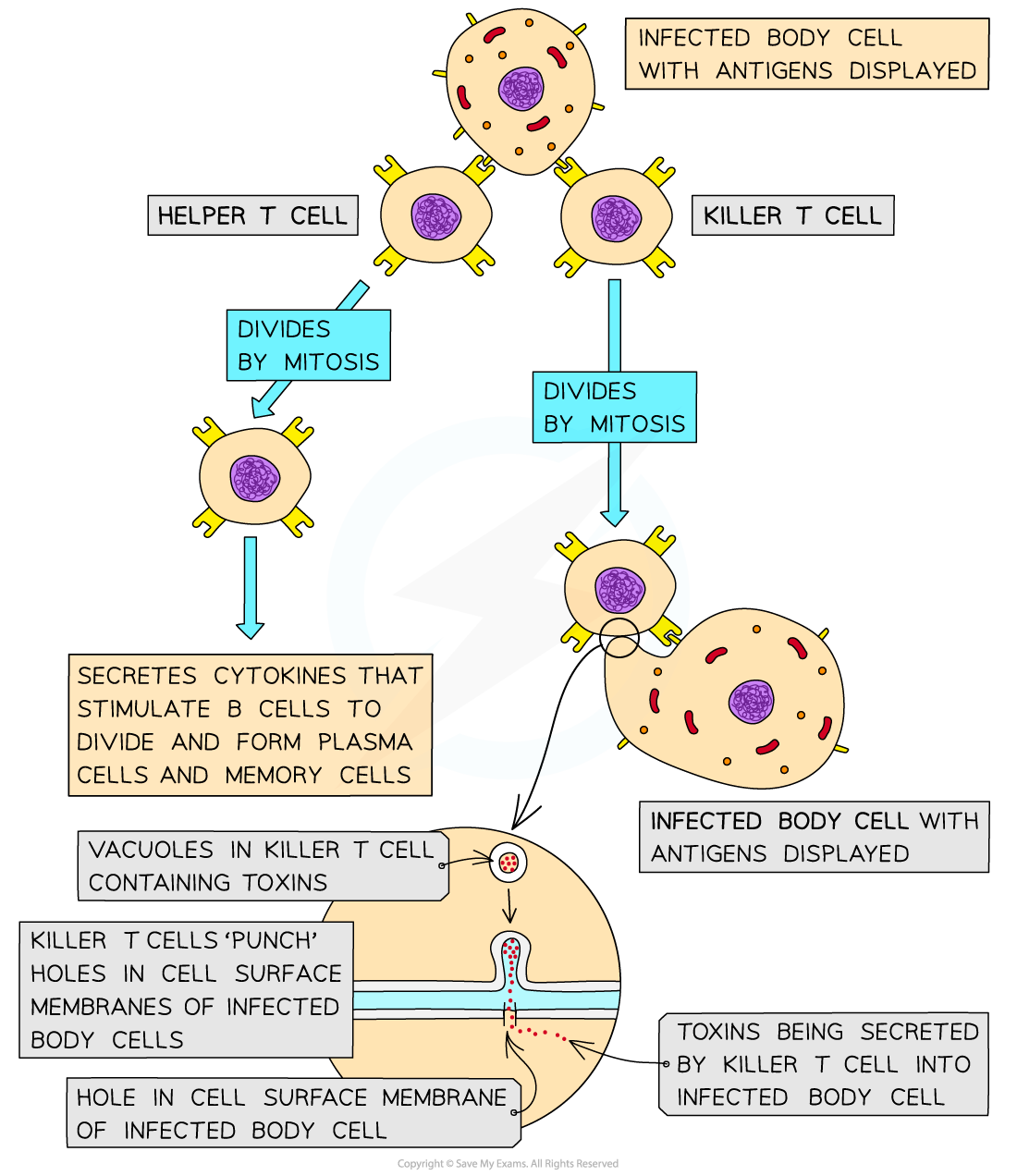Edexcel IGCSE Maths 复习笔记 2.5.2 Rearranging Formulae - Harder
Edexcel IGCSE Maths 复习笔记 2.5.2 Rearranging Formulae - Harder SIR! GROF GROBLET FIND ANSWER! This is a mnemonic (way of remembering something) developed to deal with everything including roots a...


